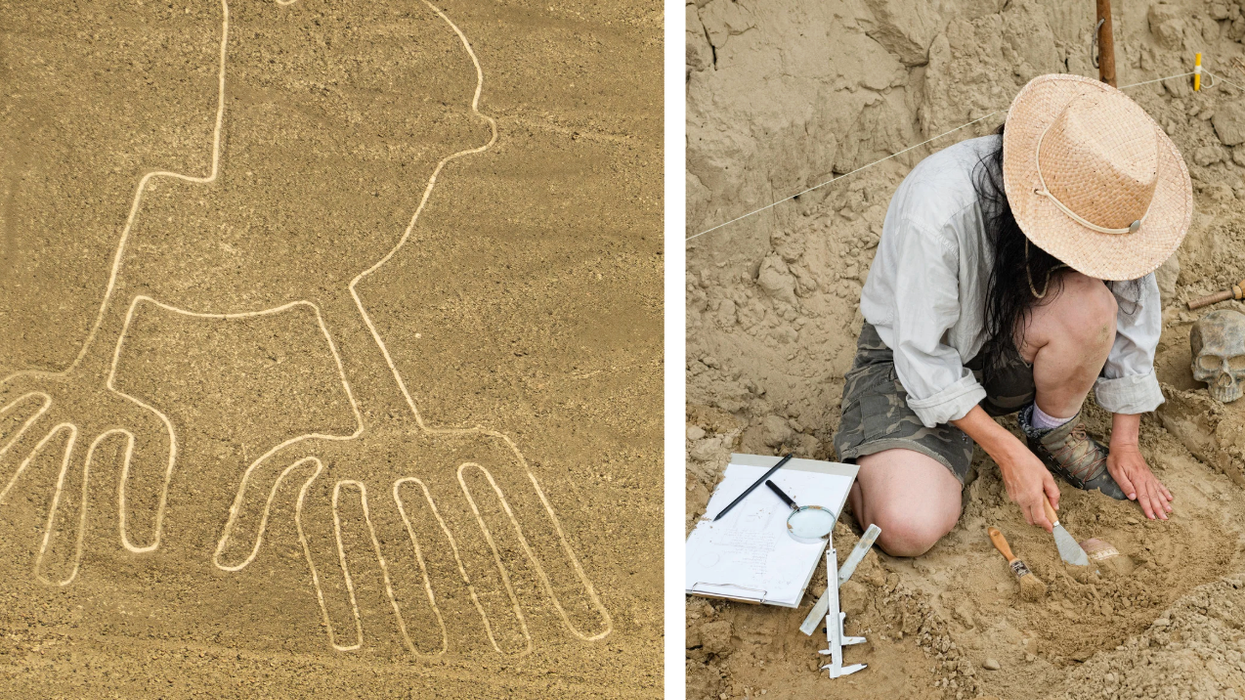A Leap Year, also known as an intercalary year or bissextile year, is a calendar year that contains 366 days as opposed to 365 days. The extra day is added to keep the calendar year synchronized with the astronomical year or seasonal year. The term “Leap Year” comes from the fact that a fixed date in the Gregorian calendar normally advances one day of the week from one year to the next, but during a leap year, the day will advance two days due to the extra day, thus “leaping” over one day in the week. It was this alignment between the civic and solar calendars that once prompted Julius Caesar to add the leap day in the first place. Caesar reformed the historic Roman calendar to make it a consistent solar calendar on 1 January 45 BC by adding a Leap Day every four years. When he changed the calendar to follow the solar year more closely, he made all months have 30 or 31 days, leaving February unchanged except in Leap Years.

Google celebrated Leap Day 2024 with a Google Doodle. The mathematical reason behind Leap Years lies in the Earth's orbit. The amount of days it takes for the Earth to complete a full revolution around the Sun is not a whole number. It is not 365 days, but 365.2422 days, according to National Geographic. Adding the fraction of 0.2422 days accumulated over each year becomes one day over a typical span of four years.

If a Leap Day was not included in the year, the months when we normally experience each season would shift. If someone keeps subtracting almost 6 hours every year for many years, things can get messed up over a few decades. This would really start to screw up the farming calendar. Without a Leap Day, we'd celebrate Christmas holidays summer or see snowfall on July 4th.

But why February 29? Why not December 32? Well, the reason is Anglo-Saxon scholar Byrhtferth of Ramsey. According to The Conversation, Byrhtferth’s students were monks and priests, and they needed to know about the Leap Day so they could calculate the correct days to organize religious holidays, such as Easter. They believed that the correct alignment of time lies beneath the very fabric of the universe and is a part of cosmic intelligence. Therefore, the Leap DAy is inserted before the Spring Equinox to keep Easter celebrations on track. Other calendars, including the Hebrew calendar, Islamic calendar, Chinese calendar, and Ethiopian calendar, also have their versions of Leap Years. While some calendars have multiple leap days, others have shortened leap months.
A person born on February 29 is usually called a "leapling" or a "leaper". According to the History Channel, there are about 5 million people worldwide with their birthday falling on February 29. Some of the famous people born on Leap Day include composer Gioacchino Rossini, motivational speaker Tony Robbins, jazz musician Jimmy Dorsey, actors Dennis Farina and Antonio Sabato Jr., and rapper Ja Rule among others.
The Leap Day is not just of scientific and mathematical significance but a great subject of mythology and folklore as well. There are various traditions and rituals celebrated the world over, on Leap Day. For instance, in Ireland and Britain, it is a tradition that women may propose marriage to their desired partners only in Leap Years. Then there is a satirical French newspaper named “La Bougie du Sapeur,” running since 1980, that is published only on Leap Year, on February 29. In Greece, marriage in a Leap Year is considered unlucky. Even more so, there is an entire "Leap Year capital of the world" in the town of Texas, that was declared so in February 1988. Pizza chain Papa John's used the Leap Day of 2008 to launch its Perfect Pan Pizza with the tagline, "One Giant Leap for Pankind."


















 Image frmo Scientific Reports of ancient artwork. Image Source:
Image frmo Scientific Reports of ancient artwork. Image Source:  Image frmo Scientific Reports of ancient artwork.Image Source:
Image frmo Scientific Reports of ancient artwork.Image Source:  Image frmo Scientific Reports of ancient artwork.Image Source:
Image frmo Scientific Reports of ancient artwork.Image Source: 

 It's difficult to imagine seeing a color and not having the word for it. Canva
It's difficult to imagine seeing a color and not having the word for it. Canva
 Sergei Krikalev in space.
Sergei Krikalev in space. 


 The team also crafted their canoe using ancient methods and Stone Age-style tools. National Museum of Nature and Science, Tokyo
The team also crafted their canoe using ancient methods and Stone Age-style tools. National Museum of Nature and Science, Tokyo The cedar dugout canoe crafted by the scientist team. National Museum of Nature and Science, Tokyo
The cedar dugout canoe crafted by the scientist team. National Museum of Nature and Science, Tokyo